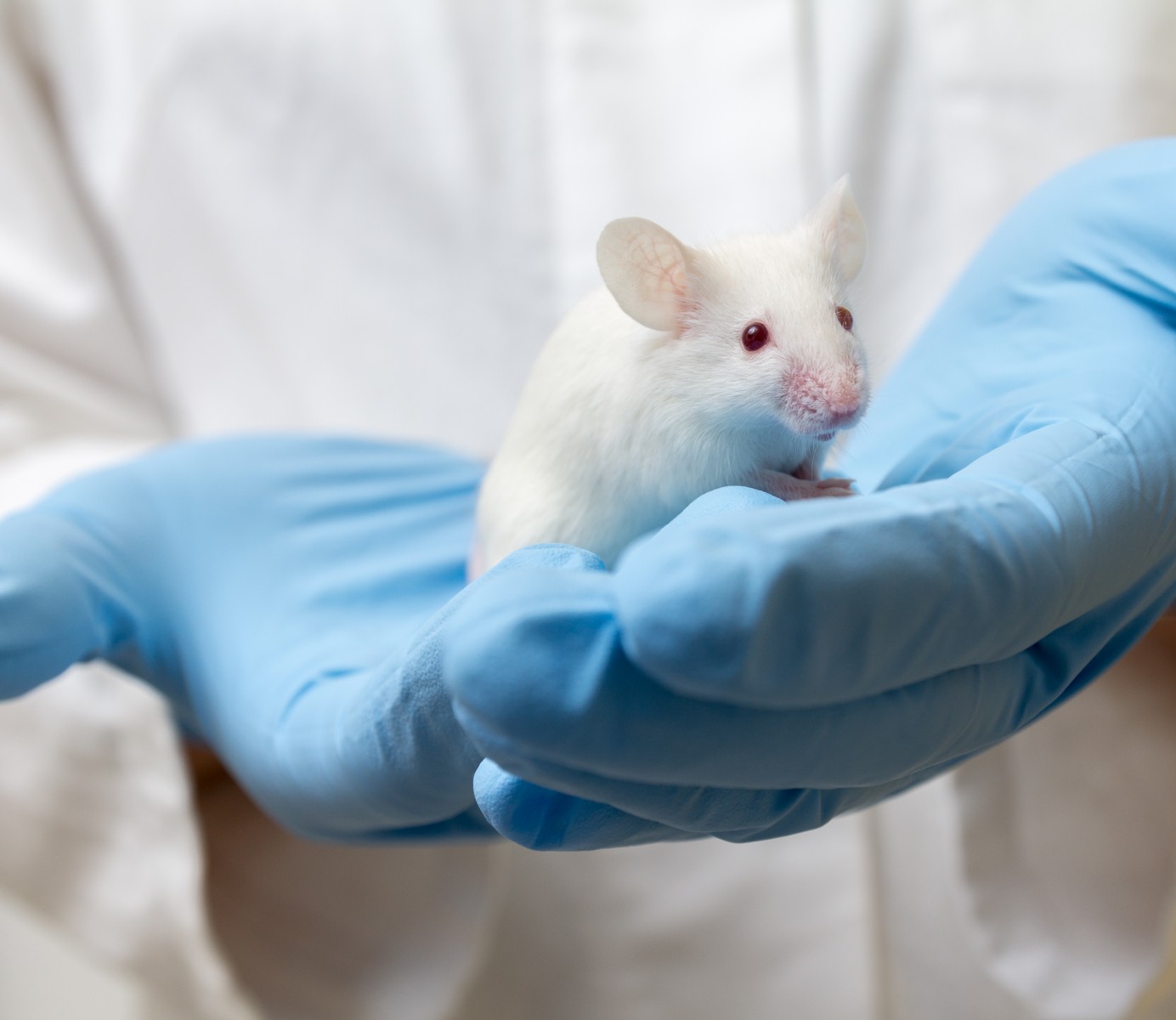AZD7325 Has Seizure-Protective Effect in Mouse Model of Dravet Syndrome, Study Says
Written by |

Treatment with AZD7325, a compound that stimulates the activity of a specific type of receptors in the brain, has a seizure-protective effect in a mouse model of Dravet syndrome, a study has found.
The study, “Potentiating α2 subunit containing perisomatic GABAA receptors protects against seizures in a mouse model of Dravet Syndrome,” was published in The Journal of Physiology.
Dravet syndrome is a severe type of drug-resistance epilepsy that usually emerges during an infant’s first year and is characterized by seizures, cognitive deficits, and increased mortality. Most patients (70-80%) carry genetic mutations in the SCN1A gene, which encodes for a subunit of a sodium channel essential for the generation and transmission of electrical signals in the brain.
Although defects in sodium channels are considered the primary cause for brain hyper-excitability leading to epileptic seizures in patients with Dravet syndrome, it also has been proposed that disturbances in the brain’s GABAergic system also may play a role in the disease.
GABA (gamma-aminobutyric acid) is the main inhibitory neurotransmitter — chemical substances that allow communication between nerve cells — in the brain. It works by preventing excessive neuronal activity, after passing through specific channels located on the surface of neurons, called GABAA receptors.
Inhibitory and excitatory neural signals are the “yin and yang” of the brain: while excitatory signaling from one nerve cell to the next makes the latter cell more likely to fire an electrical signal, inhibitory signaling makes the latter cell less likely to fire.
GABAA receptor potentiators — compounds that stimulate the activity of GABAA receptors — are commonly used for the treatment of different forms of epilepsy. However, it is still unclear whether targeting different GABAA receptor subtypes containing different subunits may bring additional benefits to the control of seizures.
In this study, a group of researchers from Northwestern University in Chicago, Illinois, set out to test the effects of AZD7325, a potentiator of a subtype of GABAA receptors containing the alpha 2 or 3 subunits, in different strains of a mouse model of Dravet syndrome. Of note, GABAA receptors are composed of numerous different subunits, which determine the receptors’ affinity to certain molecules, among other properties.
After confirming that AZD7325 stimulated the production of inhibitory signals at synapses (junctions between two nerve cells that allow them to communicate) containing these specific type of GABAA receptors, researchers tested the effects of the compound in different strains of animals genetically engineered to lack a copy of the Scn1a gene (the mouse equivalent to the human SCN1A gene). These animals are more or less prone to develop spontaneous epileptic seizures.
Interestingly, they found the inhibitory responses brought about by AZD7325 were stronger in animals belonging to a seizure-resistant strain (129S6/SvEvTac) that produced higher amounts of GABAA receptors containing the alpha 2 subunit, compared to those belonging to the seizure-prone C57BL/6J strain.
Treatment with AZD7325 significantly increased the temperature threshold animals were able to withstand without experiencing any seizures during an hyperthermia-induced seizure test. This seizure-protective effect was present in all three doses tested (10 mg/kg; 17.8 mg/kg; and 31.6 mg/kg) and was not associated with sedative side effects.
“This directly supports the therapeutic potential of alpha 2-selective PAMs [positive allosteric modulators] as effective seizure suppressors. [Therefore,] our results in a [mouse] model system indicate that selectively targeting alpha 2 [might be] a potential therapeutic option for [patients with] Dravet syndrome,” the researchers wrote.





